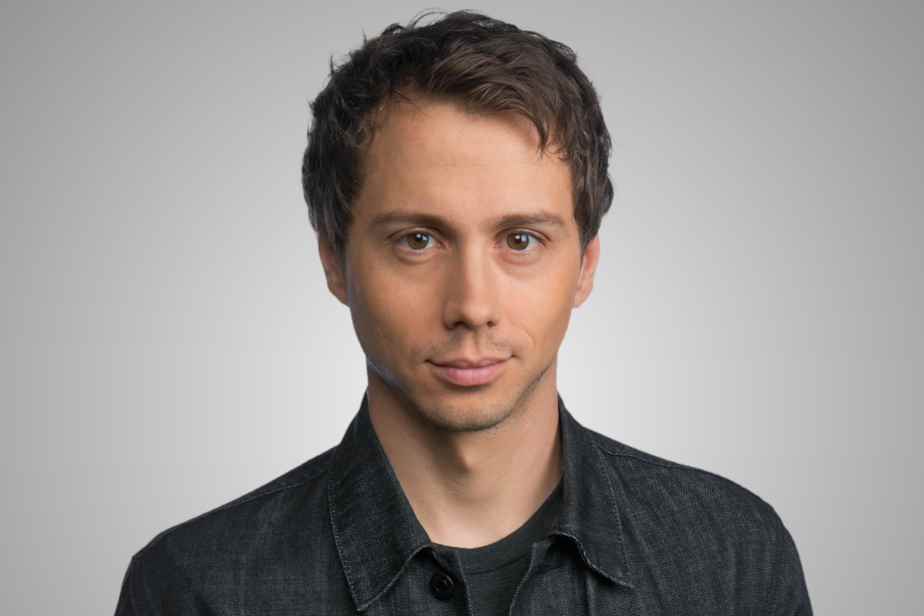The electoral campaign has not officially started, but it is already heading towards a record.
Posted at 5:00 a.m.
There will never have been so many women candidates. And everything indicates that an unprecedented number of women will sit as MPs.
I crossed the lists of candidates with the polls and the projections of seats from the Qc125 site1. It shows that women are no longer assigned to constituencies lost in advance. This is particularly true for Québec solidaire (QS) and the Coalition avenir Québec (CAQ).
Many female politicians and election organizers have already told me the same thing: it would be more difficult to convince a woman to go into politics. Acting upstream is therefore crucial. The more women candidates there are, the more women MPs and ministers there should be.
The portrait improves.
Proportion of women candidates and women elected in provincial elections
- 2003: 27.0% / 30.4%
- 2007: 31.0% / 25.6%
- 2008: 31.0% / 29.6%
- 2012: 28.5% / 32.8%
- 2014: 29.6% / 27.2%
- 2018: 39.9% / 42.4%
The percentage for 2022 is not yet known, as the parties have not finished announcing their candidacies. But everything indicates that we are finally approaching parity.
The CAQ has already presented 65 women out of 116 candidates (56%). This is more than in 2018 (52%). And since his recruitment is almost complete, this rate will fluctuate little.
Same thing for QS, where almost all the candidates are known. In the last election, the left-wing party led the way with 53% women. This year, the rate is 54%.
The Liberals and PQ have more trouble. They represent respectively 39% and 41% of women. However, this rate should be interpreted with caution, because they each have more than 50 constituencies left where their color bearer has not yet been announced. This can be a strategy for revealing possible stars at the start of the campaign. But it also seems – if not especially – to show their difficulty in attracting big names.
The Conservative Party brings up the rear, with only a third of women on its team.
The percentage of female candidates is an imprecise indicator. It is more useful to check the rate of women among people with a reasonable chance of being elected. Again, it’s getting better. Even if parity is not won, we are getting closer than ever.
Let’s start with the QAC.
First, with the recent announcements in the ridings it holds.
In 11 constituencies, the deputy is not seeking a new mandate. The results of the recruitment to replace them: 10 women and 1 man. That is a net addition of two women compared to 2018.
Next, let’s look at the ridings that the CAQ has a chance of wresting from its opponents. I have identified 24 where it is possible, without necessarily being probable. This is where the CAQ relies the most on its female recruits. No less than 66% of the candidates in these “takeable” constituencies are women.
Now, Québec solidaire. In the constituencies the party holds, it will present four women and six men. Judging by polls and the movements of his co-spokesman, QS will also target a limited number of constituencies where he hopes to make gains. I see six in particular: Maurice-Richard, Saint-Henri–Sainte-Anne, Verdun, Saint-François, Ungava and Rimouski, and there are twice as many women there as men.
As for the Liberals, it is difficult to assess. The party undergoes a changing of the guard. No less than 9 of its 29 deputies elected in 2018 left politics. This leaves castles orphans. There are six red ridings where an announcement is still awaited. For the moment, in terms of female candidates, the Liberals are behind the other recognized parties in the Assembly.
The Parti Québécois faces a similar challenge. Among its ten deputies elected in the last elections, only three will stand again. This wave of departures has not made it possible to approach parity. In these ten constituencies, there will only be three female candidates this fall.
As for the Conservative Party, I have identified four places where it has a certain chance of winning (Chauveau, Beauce-Nord, Beauce-Sud and Chutes-de-la-Chaudières). There are four men.
How does Quebec compare? It is better than Canada and a good student on the international scene, without being a leader either.
Proportion of female candidates in federal elections
- 2006: 20.8%
- 2008: 22.4%
- 2011: 24.7%
- 2015: 26.0%
- 2019: 29.0%
- 2021: 30.5%
Canada thus ranks 60e world ranking of the Parliamentary Union’s list2. If Quebec were a country, it would be 18ebehind Sweden, Finland, Norway, Argentina and Namibia.
That said, what ultimately matters is power. In Quebec, the circle of influential ministers is essentially made up of men who have worked with François Legault in the business world, such as Pierre Fitzgibbon and Christian Dubé.
The last step, the one that leads to the top, is the highest. But this fall, the ascent will continue, on the way to parity. It’s not a heroic feat. We are slowly approaching something else: normality.
